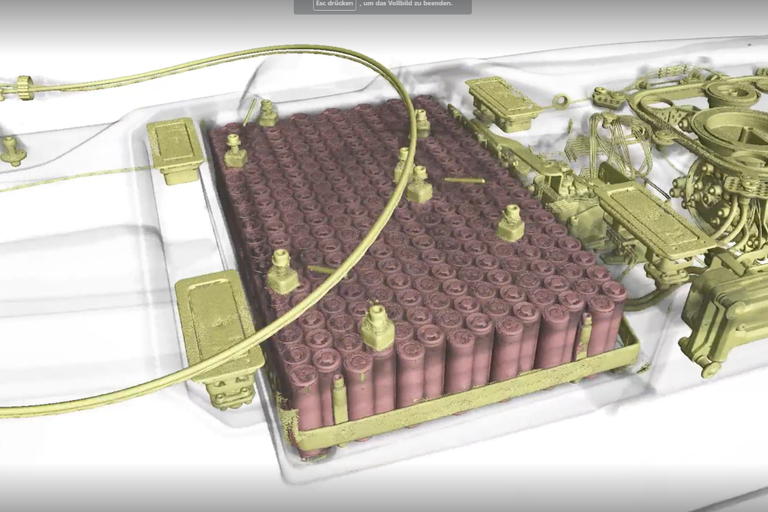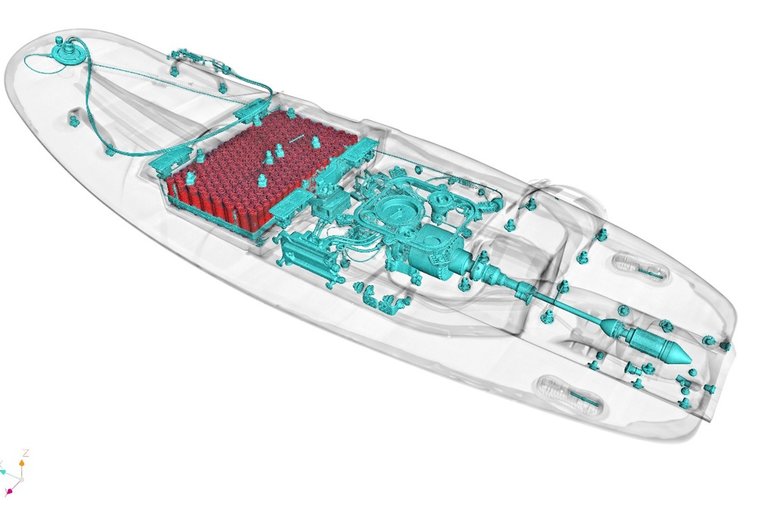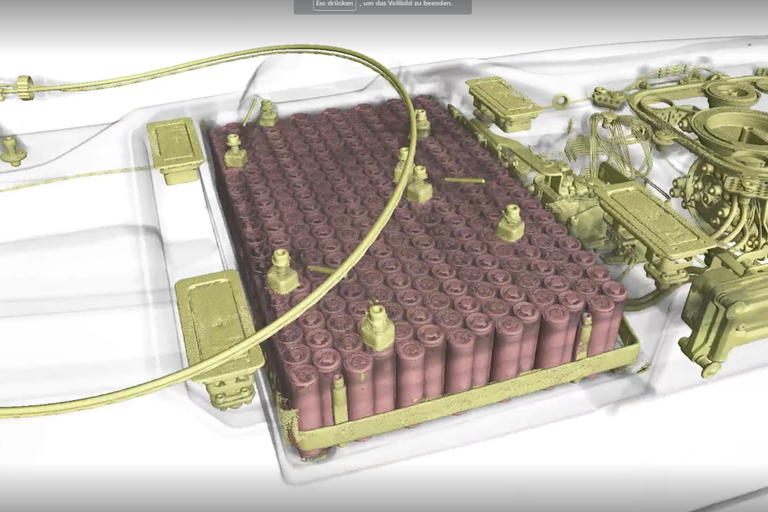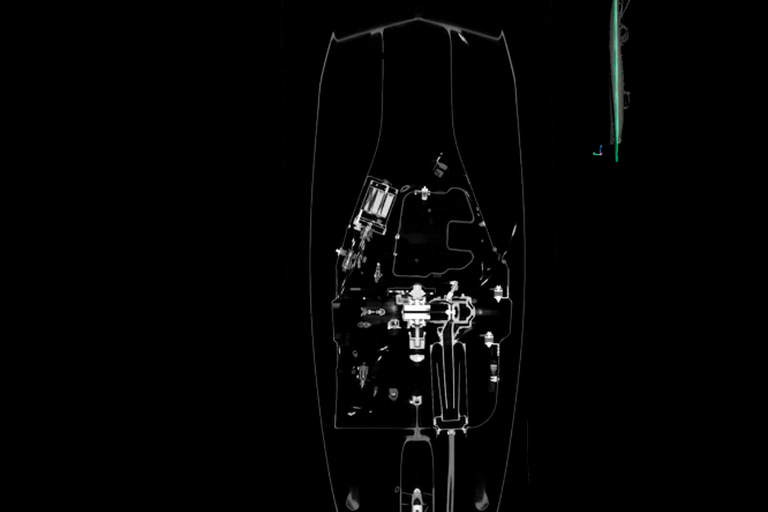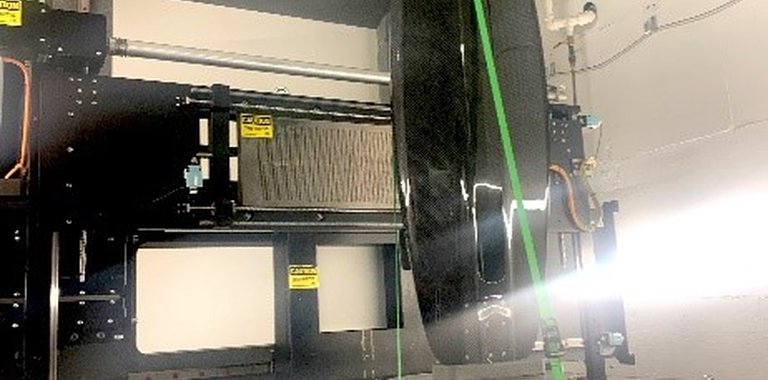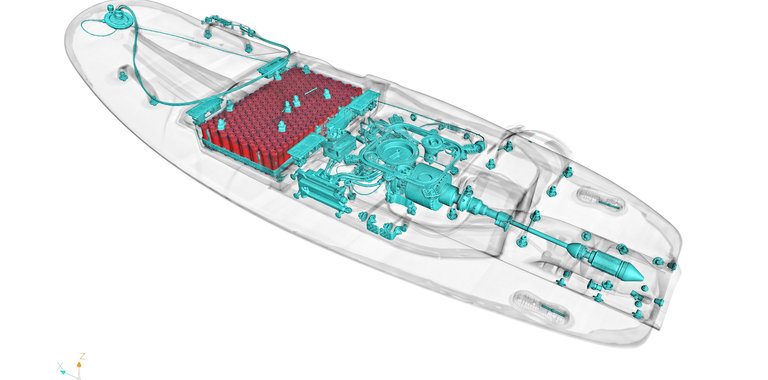
Unsetting size limits for industrial computed tomography
High-energy CT reveals the inner structure of high-tech motor surfboards
CT inspection offers many opportunities for various industries to maintain quality standards and ensure the safety of their products. But what about inspecting or measuring the internal features of large, dense and very complex components or whole objects? This is precisely what scientists from the CTLAB at CEITEC (Central European Institute of Technology at Brno University of Technology, Czech Republic) have put to the test on advanced high-power motorized surfboards from Jetsurf, a Czech brand and market leader in the field of motor surfing, who were happy to participate in this project.
The multidisciplinary CEITEC science center, equipped with state-of-the-art CT research infrastructure, used this complex high-tech product to conduct a CT feasibility study aiming to showcase how high-energy CT allows for the inspection of objects traditionally “un-inspectable” due to size, density or weight limits.
CTLAB CEITEC chose the Phoenix Power|scan HE Linac CT system from Waygate Technologies to execute the research project. CEITEC and Waygate Technologies have been cooperating for several years in the field of industrial CT science. At Waygate Technologies' Customer Solutions Center in Cincinnati, USA, the functionality of the 9 mega electron volts (MeV) linear acceleration (LINAC) CT system was put through its paces on the Jetsurf motor surfboard. 9 partial scans were performed to fully scan everything, from the battery pack, the power unit and carbon fiber composite geometry, to the glued joints and scalings of one of the motor boards, which are 180 cm long and weigh between 19 and 34 kilograms depending on the model.
The motor surfboard was completely digitized with a voxel resolution of 150 µm in only 30 hours. The generated data file had a volume of 250 GB and was subsequently analyzed in the CEITEC CT laboratory in Brno.
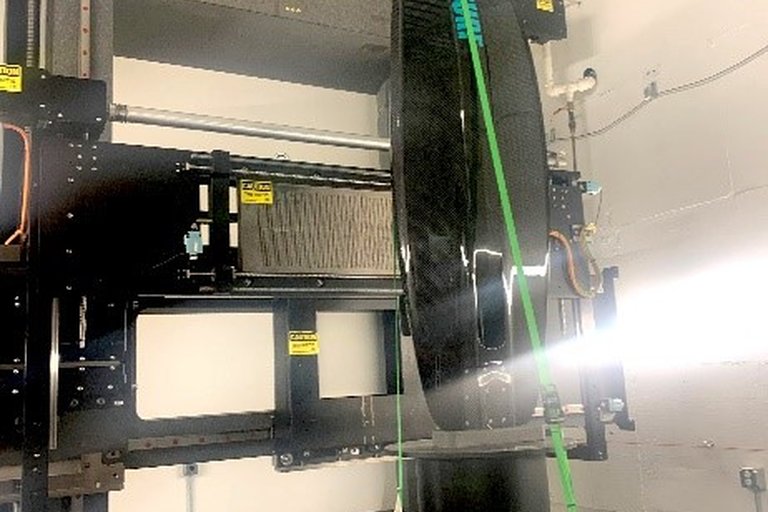
Phoenix Power|scan HE meets the rapidly growing demands of applications that require more than conventional CT equipment can offer. The combination of high-penetration energy and image quality enables measuring the internal features of critical, high-density components and assemblies.
Waygate Technologies
Promising results indicate great potential for the future
The results of the research project clearly demonstrated that the Phoenix Power|scan HE meets the rapidly growing demands of applications that require more than conventional CT equipment can offer. The combination of high-penetration energy and image quality enables measuring the internal features of critical, high-density components and assemblies. "As this is a significant trend in the field of non-destructive testing, or NDT, it was necessary to verify the capabilities and applicability of this high energy CT technology on a real product. I am glad that this test was successfully performed on a complex Czech product, and I also believe that this technology can soon play a key role in testing for the defense, aviation and battery industries, or in the ever-evolving field of additive manufacturing," said Jozef Kaiser, head of research group Advanced instrumentation and methods for materials characterization.
Principles of CT Operation: What determines the Voxel Resolution?
